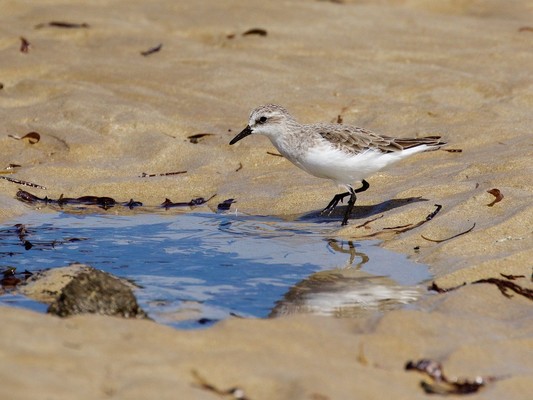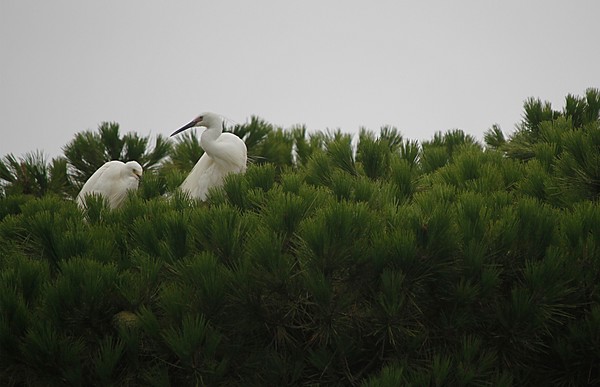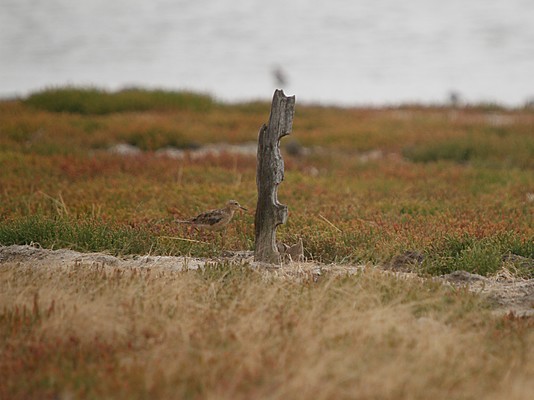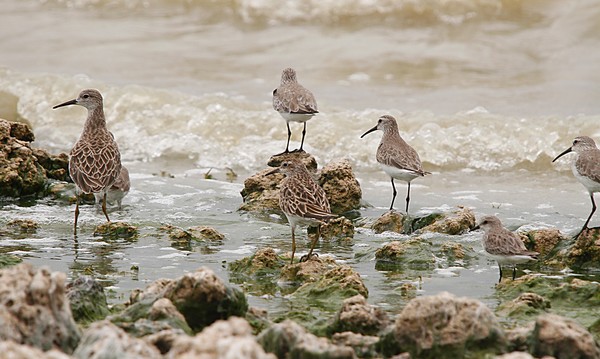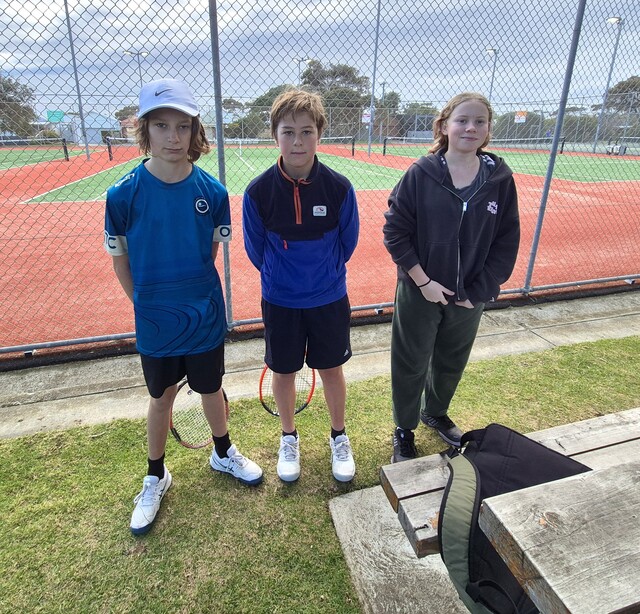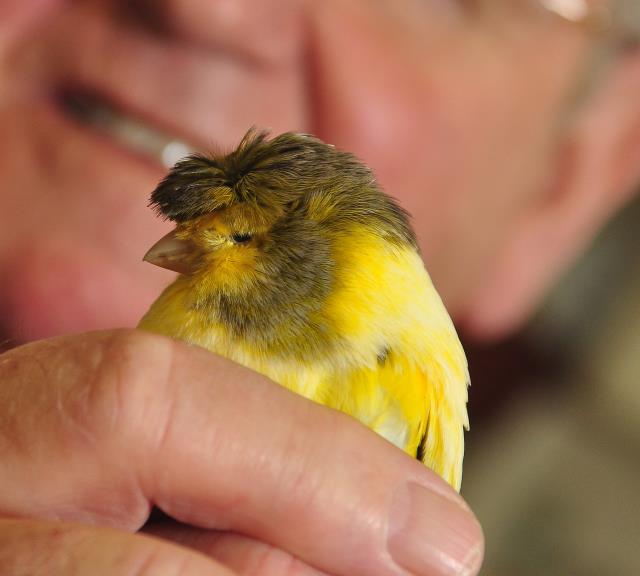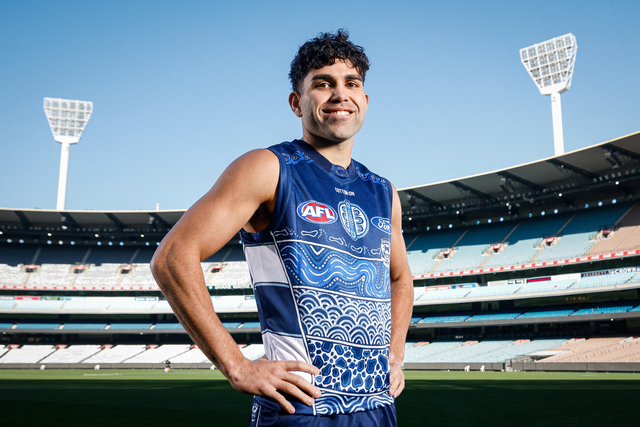It’s been another lovely few weeks around the Bellarine, enhanced by some welcome rain on the weekend.
I read on Birdline Victoria that a buff-breasted sandpiper (BBS) had been seen at Lake Murdeduke, near Whinchelsea, in mid-January. As I still had another few days off before returning to work, I thought I’d take a drive down there.
I consulted Google Maps and off I went, completely forgetting that my insect repellent was not in the car after returning from Bermagui (it’s a big mistake to go on an outing without insect repellent).
I must say that Google Maps was not at all helpful in locating the access to Lake Murdeduke, which is surrounded by farms. I drove around for at least an hour before stopping at a farm and asking a very young female farmer driving a big hay truck how to access the lake.
She said “I bet you are here to see the bird”, so I don’t think I was the first person to ask her how to get to Lake Murdeduke.
Anyway, I found the lake, parked the car and proceeded to fall in the mud. In fact I was absolutely covered in it from head to toe, but fortunately managed to keep my camera clean (thank goodness).
I thought to myself that my trip to Lake Murdeduke could have been going better and I was very relieved that I was the only person there as I must have been a sight for sore eyes.
I dangled myself in the lake off some rocks to clean myself, and then proceeded to look for the BBS.
The BBS is a migratory shorebird, and it has brown plumage above, and has a buff (yellowish beige) face and underparts. It has a short bill and yellow legs. Males are larger than females (19cm to 25cm in length).
According to the ‘Birds Australia Rarities Committee’ the BBS has only been seen in Australia nine times previously (this is number 10, I assume), so the bird is a vagrant, which means that it is an ‘accidental’ visitor to our shores.
The BBS breeds in North America and usually spends the non-breeding season mainly in South America, particularly in Argentina. It is also a bird listed as ‘near threatened’ in conservation status. So it’s amazing that one of these birds has decided to show up in the very muddy Lake Murdeduke near Winchelsea.
I didn’t see the BBS but did find a ruff, which is another interesting shorebird. The ruff is quite long (30cm in length) and has a small head, medium-length bill, and a long neck. It has long legs that are usually yellow or orange.
It was great to see so many other lovely birds, such as avocets, banded stilts, wedge-tailed eagles, red-necked stints, curlew sandpipers, sharp-tailed sandpipers, but alas no BBS.
I heard on the grapevine that Denis and Robin from Bellarine Birdlife were going to Lake Murdeduke to see the BBS a few days later, so I invited myself along. Denis has a lot of local knowledge of Lake Murdeuke and also knew that the BBS preferred to feed in the vegetation surrounding the lake rather than the shoreline, so he knew where to look for it. And sure enough we saw it in all its glory. Thank you Denis and Robin for helping me see a very rare bird.
Speaking of shorebirds, I want to thank Kevin for sending me a beautiful photo of a red-necked stint, taken in Barwon Heads. It’s always lovely to see Kevin’s photos.
Tom Fletcher was telling me that he has noticed a nesting colony of little egrets somewhere on the Bellarine Peninsula.
This is very significant in that little egrets are a critically endangered species in Victoria, and this is only the second nesting colony ever noted in Victoria.
I went down and heard the young in the nests, and they were very vocal indeed. Little egrets are a small white egret with black legs, a black bill, and a bright yellow face. In the breeding season the birds develop two ribbon-like head plumes, and other plumes on the back and breast. Thanks Tom for your observation – it’s fantastic.
I walked around Blue Waters Lake one afternoon, and saw the smallest little dusky moorhen, which must have been newly hatched, but it was such a great swimmer. I watched the parents feed it for ages. The peace at BWL was severely interrupted by a collared sparrowhawk, which caused mass panic to all of the other birds. I think it was a sparrowhawk due to the long, square-shaped tail.
Don’t forget there are still hooded plover nests around so please watch for signs on the beach and keep dogs under control.
Happy birding and don’t fall in the mud!
– Jen Carr, jennifer.carr6@bigpond.com
Rough view of a lost wanderer
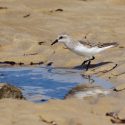
Digital Editions

-
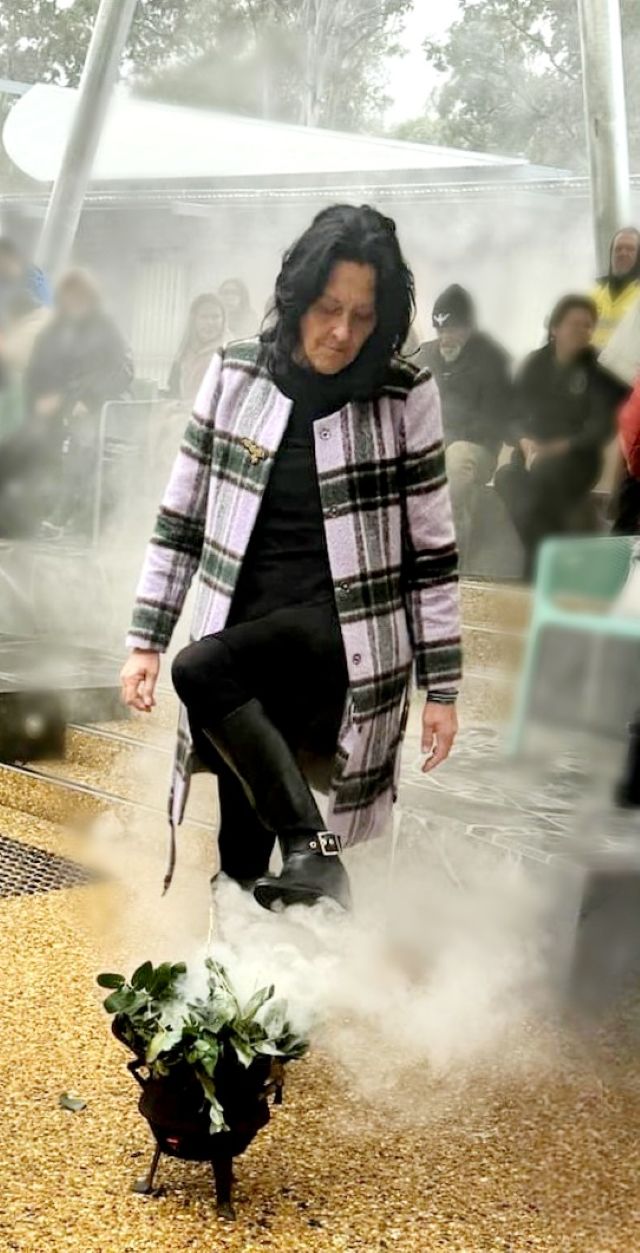
Experience NAIDOC Week in Geelong
NAIDOC Week will be held July 6 to 13 to celebrate and recognise the history, culture, and achievements of Aboriginal and Torres Strait Islander Peoples.…

